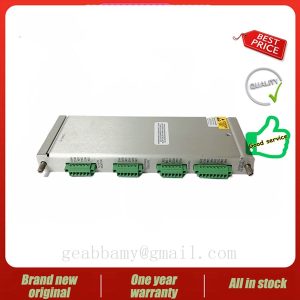Description
60M100-00 Industrial Data Acquisition System
60M100-00 wireless data transmission is used in a wide range of applications, vehicle monitoring, wireless meter reading, access control systems, industrial data acquisition systems, wireless labels, identification, non-contact RF smart cards and other fields have applications, in order to cope with the complexity of the working environment, high-quality industrial wireless transceiver module is widely popular, Tinto four-square industrial wireless transceiver module, anti-interference is stronger, by using the LORA spread spectrum technology to make the spade block has a longer communication distance.
60M100-00 series products are 433MHz application-free band, 100mW and 1W, high stability, industrial-grade wireless data transmission radio. The core of the radio adopts SX1278 main chip, LORA spread spectrum transmission, and RS232/485 serial port transparent transmission. The product’s operating frequency 410MHz~441MHz, total 32 channels, the interval between channels is 1M.
60M100-00 Advantages
– High productivity thanks to high-speed CPUs – for complex calculation functions and communication tasks at the same time
– Reduced time-to-market through efficient engineering software, optimal TIA integration and easy reuse of user programs on all SIMATIC controllers
– High system availability through high-availability configuration and high-performance diagnostic functions
– Only one system for standard and fail-safe applications, meeting high safety requirements
– Higher flexibility through open automation and robust industrial PCs
– Reduced installation and commissioning time and costs through distributed automation










